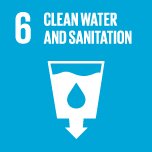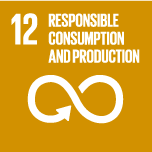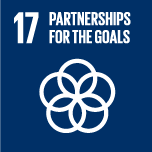Preliminary Efforts to Ensure a Safe-environments in Areas Surrounding Uranium Mines in Kazakhstan
| Principal Investigator (Affiliation) |
|
|---|---|
| Co-investigator |
|
| International Coordinator |
|
| Research Institutions in Japan | University of Tsukuba / Ibaraki Prefectural University of Health Science / Hiroshima University |
| Cooperating Organization in Japan | |
| Partner Country | Republic of Kazakhstan  |
| Research Institutions in Kazakhstan | |
| Cooperating organization in Kazakhstan | L. N. Gumilyov Eurasian National University / Astana Medical University |
| Support Organization | |
| General Description of the Research Project | The final goal of this study is to ensure that improvements are implemented that guarantee the safety of the water and air surrounding uranium mines, not only by the government of Kazakhstan (the producer) but also by the appropriate authorities in the countries that benefit from the use of nuclear energy produced with uranium sourced from the mine (the consumer).
The specific objective of this study is to quantitatively understand/clarify the uranium and progeny nuclides present in the environmental water, drinking water (tap water/well water), and fine particles in the atmosphere (aerosols) in the uranium mining area in North Kazakhstan. In order to achieve this objective, it is necessary to successfully accomplish the following four tasks: 1) Construct an appropriate analysis method for identifying/quantifying the uranium and uranium-series progeny nuclides in target samples. 2) Clarify the composition and concentration of uranium and uranium-series progeny nuclides in environmental and drinking water from the area surrounding the Stepnogorsk uranium mine, North Kazakhstan 3) Understand the composition and concentration of uranium and uranium-series progeny nuclides in size fractionated airborne dust obtained from the vicinity of the said uranium mine. 4) Cultivate and promote the human resources that are necessary to sustainably address and mitigate the issue related to this matter. |
| Links |
Center for Research in Isotopes and Environmental Dynamics, University of Tsukuba The Center for Peace, Hiroshima University |






